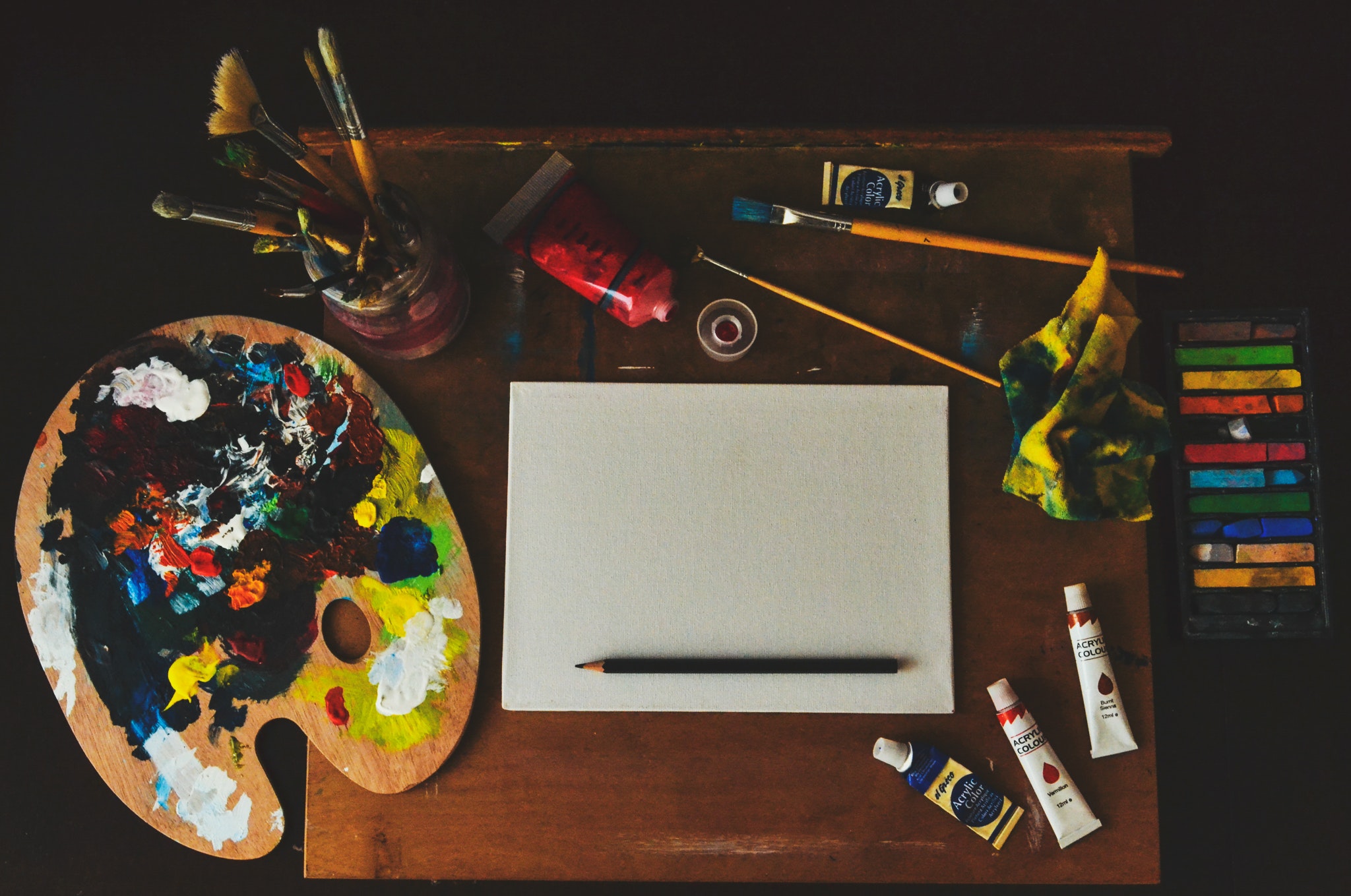In the past years, we have seen the trends of schools cutting the arts away from their curriculum. Professional education, training, and apprenticeship aren’t the only elements to life and work being the people in the creatives.
Formal training isn’t all an artist needs to go forth and create a masterpiece. Sometimes, it’s all about dedication to developing obscure skills which aren’t taught in most schools and universities.
Arts are indeed fun for many people, especially for children— playing with colors with those crafty hands to make a beautiful image to hang around the house and outstanding musicals that bring out the best in kids. Arts is not just exciting, but it also helps children develop on many different levels.
If you want to enjoy more art, here are the things that you should know, though they aren’t taught at schools:
Building a Business as an Artist
We were often taught how to do our best work to make our very own Obra Maestra through formal art training. This is why there is a misconception that there is no money flowing in this industry. Many believe that building a business from art isn’t something that many of us even think is possible.
However, there’s a hefty amount of money flowing in this industry and so building a profitable business in this field. But only if you, as an artist, know how to sell your art and yourself to the people.
The course of history tells us that people purchase the artist just as much as the art, and so it is necessary to establish a cohesive image in order to build a strong foundation for the art business you are trying to build.
Navigating skepticism and hesitations
The long deep-rooted societal myth of starving artists has kept many artists away from reaching their true potential and some even dreams. Let alone building an income stream from it.
Avoid letting the knocking doubt on your head enter in. Overcome your hesitations and pursue art if you think it is what makes your heart skip a beat. Don’t let negativities hinder you from shining.
Shifting Mindset
In the latter point, we basically mentioned that overcoming a negative mindset is necessary to go forth in life. To do this, you should beforehand address mindset challenges to look at where they are coming from.
We need to dissert our upbringings, stories, relationships, and other social influences that may have shifted our ideologies in the wrong direction. We need to learn how to act out the resistance and give a name to our fears.
Elizabeth Gilbert, an American journalist, frequently speaks out about how a person’s fear never goes away. However, there’s a way to manage it: taking it into the backseat.
Visualization Power
Artists have the power to create the visions inside their heads a reality and make them tangible. Everything that’s running inside their head can materialize, and so we can see their thoughts in the form of art— and this is a superpower.
Through visualization, art is created, and life is given to anything that that artist wants. This isn’t some superstition that artists claim but is actually rooted in scientific facts.
Visualization is a tangible artistic concept where people in the creatives can leverage skills in order to help us build up art and flourish in both life and business.
Creating Multiple Revenue Streams
There are several legitimate ways to make passive income through arts. This includes art leasing, print-on-demand, art merchandising, online tutorials, class downloads, art licensing, and a lot more.
Once you manage to set up the channels for these income streams, you can begin earning money with minimal effort and maintenance.
The art career itself isn’t often considered a financial portfolio, but multiple income streams will fortify you in your art career. This will help you craft and launch a thriving art business.
Managing Finances
It is important to pay keen attention to finances, too. Artists should have a clear detail of what expenses they have, where their income is coming from, what cash flows look like, and their prognoses on future income.
Even if you say that you love what you are doing, knowing where your money is going and how your art is selling is an important job.
Creating an Honest Art
Producing an “honest art” is important in being a successful artist. Such art is those that are true to you, your skills, and anything that you want to bring to life— basically, the art that only you can create.
For people who are struggling to produce an honest art, begin by cleansing your mind with all sorts of distractions. Refrain from looking at other people’s paintings and photography if you are either a painter or photographer. Avoid comparing your art to someone else’s and remove all your inputs to create the art that only you can make. You’ll surprise yourself.
Valuing Community
With a community, artists are able to start connected and inspired by each other, giving an unprecedented capability to carve out their own space in art.
Being in a community is important if you want to sustain yourself as an artist since it would help you nourish artistically, spiritually, interpersonally, financially, and of course, socially. If you are an aspiring artist or already one, make community-building your top priority.
Marketing Basics
If you want to make a living out of your passion for the arts and make your crafts known to networks of people, you should comprehend the basics of marketing.
As an artist, you can take advantage of the big brands in the market and learn from them. Take these trailblazers as inspiration to learn how to market your creation. It would be much better if you could act for assistance from professionals.
Asking for Help
Once you say you don’t have time to spare in creating art, it’s over— you can’t produce art honestly nor build a community, let alone market your art. Time is the foundation of most successful businesses, and you should also make use of it in full swing.



